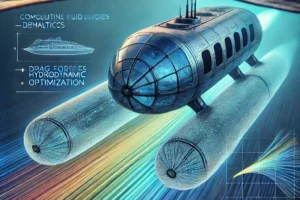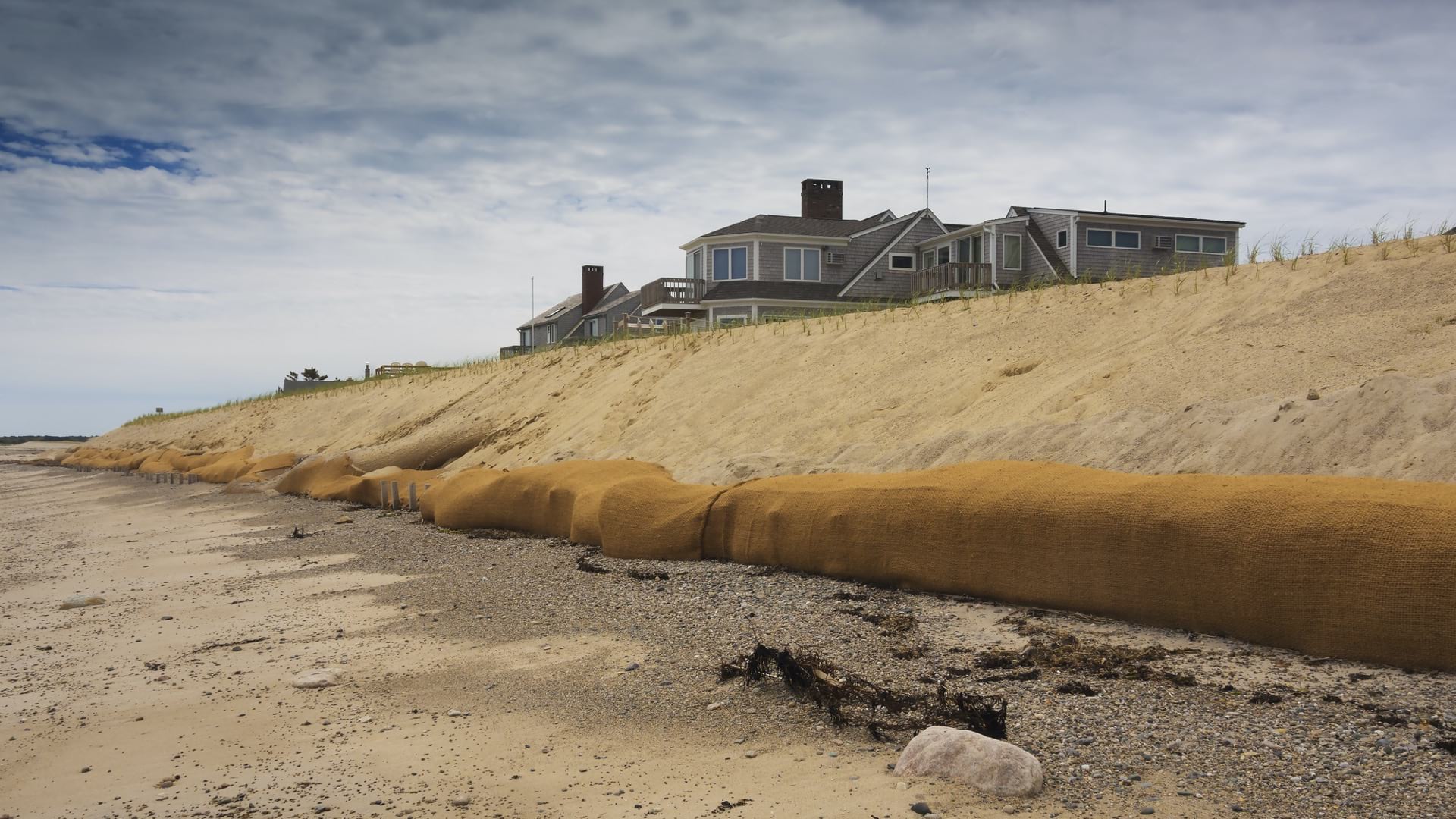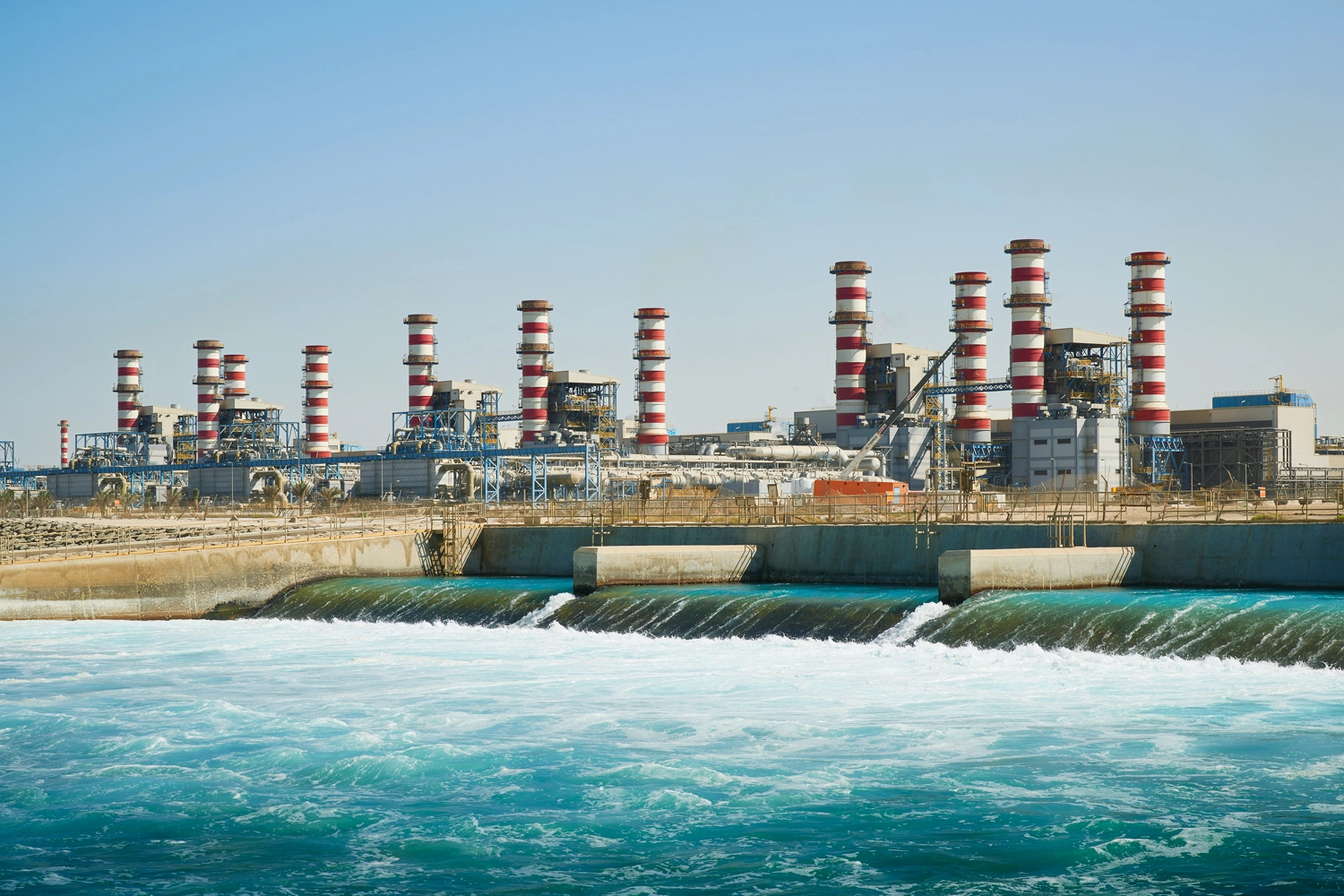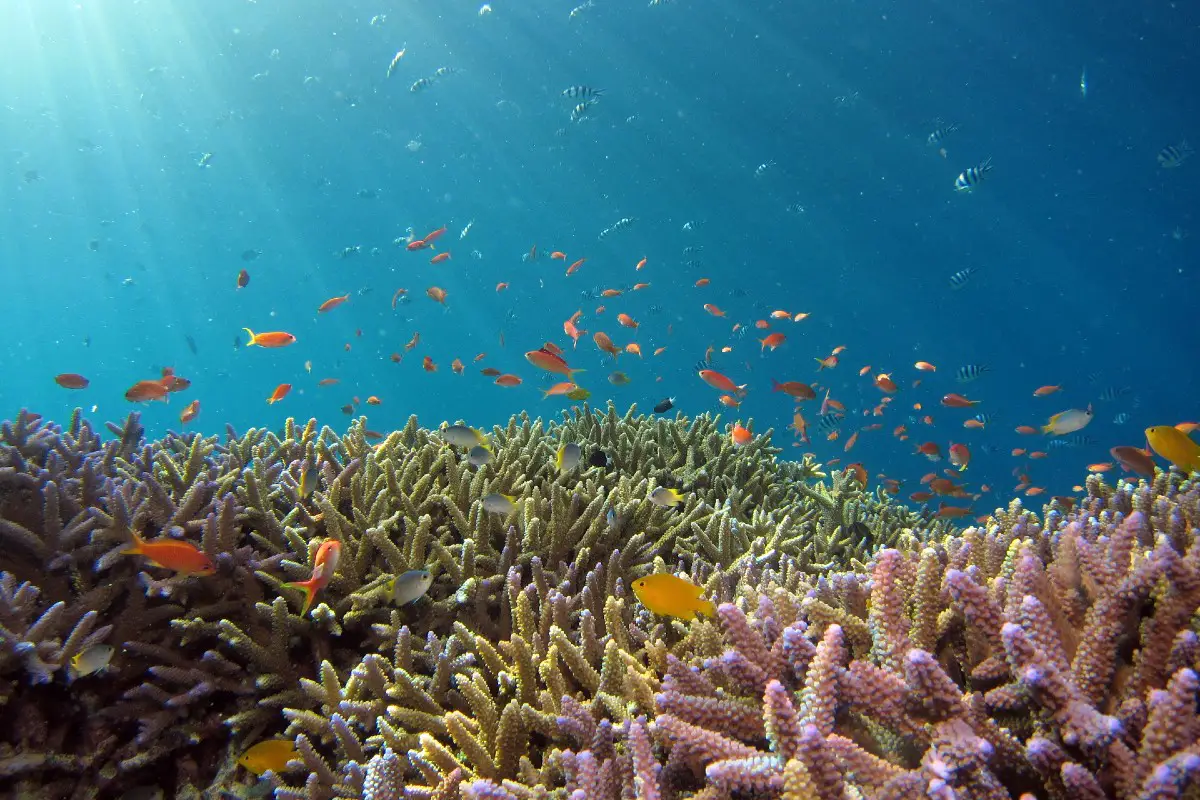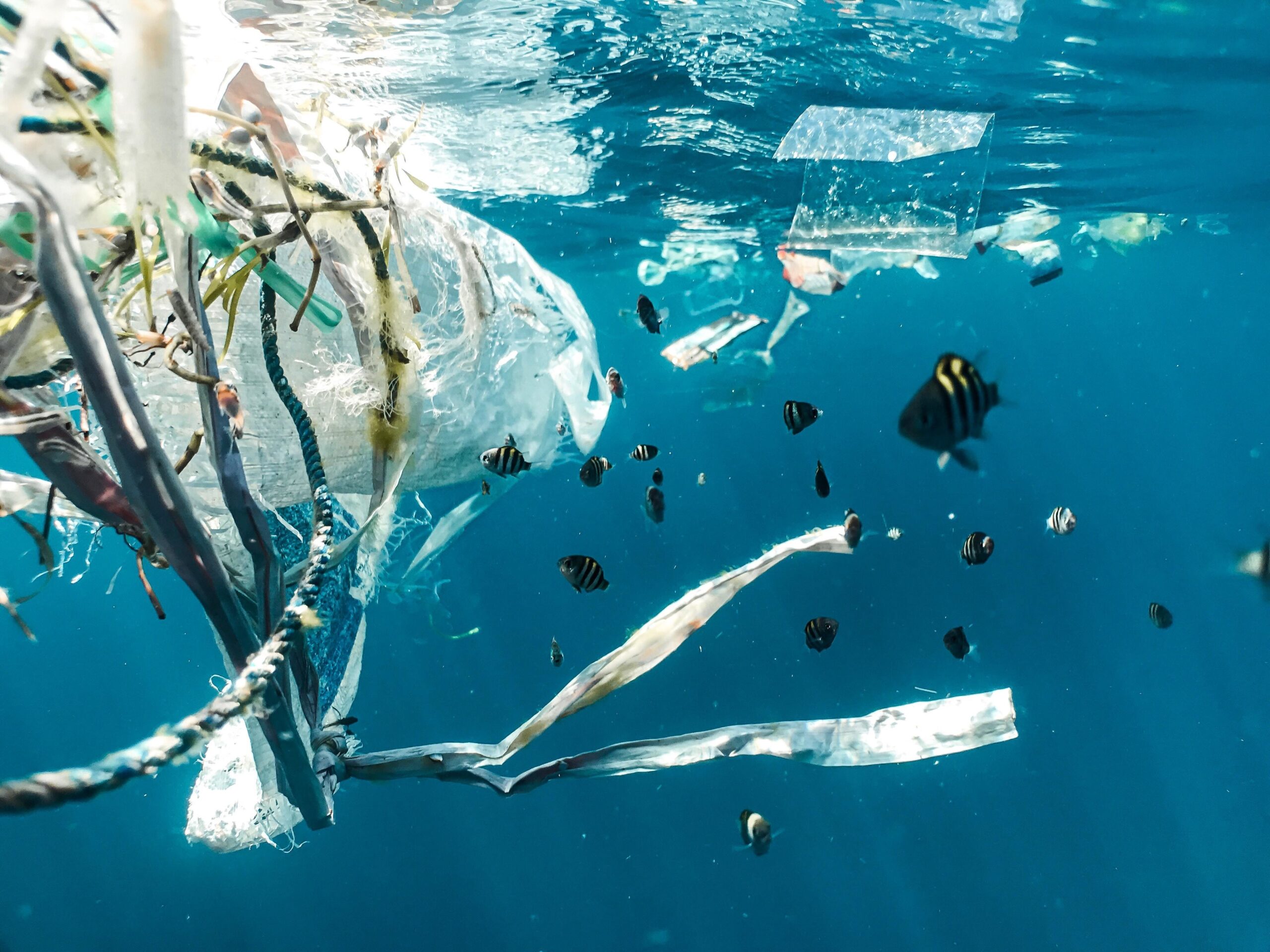Sustainable coastal development is the process of planning and managing coastal areas in a way that balances economic development with the protection of natural and cultural resources. This approach seeks to minimize negative impacts on the environment while promoting social and economic well-being for coastal communities.
One key aspect of sustainable coastal development is the use of zoning and land-use planning to guide development in a way that protects important ecological, cultural, and recreational resources. This might include creating conservation areas, setting aside land for public access, and restricting development in areas that are vulnerable to coastal hazards such as erosion and sea level rise.
Another important aspect is the use of green infrastructure and nature-based solutions to enhance coastal resilience, such as restoring wetlands and dunes, which act as natural buffers against coastal hazards and provide important habitat for wildlife.
Sustainable coastal development also involves the use of sustainable building practices and materials, such as energy-efficient design, renewable energy systems, and the use of low-impact materials.
It also includes measures to reduce pollution from point and nonpoint sources, such as sewage treatment plants, industrial facilities, and storm water runoff.
Sustainable coastal development also involves involving local communities in the decision-making process, and providing them with the tools and resources they need to protect and manage their own coastal resources. Education and outreach programs can help raise awareness of coastal issues and empower individuals and communities to take action.

Overall, sustainable coastal development is a complex and ongoing process that requires the active engagement of all stakeholders, including government agencies, industry, NGOs, and the public. It is important to consider the long-term implications of development decisions and to plan for the future, taking into account the potential impacts of climate change.
Sustainable Coastal Management
Sustainable coastal management is the practice of balancing the use and protection of coastal resources with the needs of coastal communities. This includes addressing issues such as coastal erosion, sea level rise, habitat loss, and pollution.
One key aspect of sustainable coastal management is the use of natural coastal defense systems, such as wetlands and dunes, to protect against storm surges and coastal erosion. These systems also provide important habitat for wildlife.
Another important aspect is integrated coastal zone management (ICZM), which brings together different sectors and stakeholders to plan and manage coastal resources in a coordinated and holistic way. This approach involves identifying and assessing the impacts of different activities on the coastal environment, and then using this information to develop and implement policies and management strategies that aim to reduce these impacts.
It also includes measures to reduce pollution from point and nonpoint sources, such as sewage treatment plants, industrial facilities, and stormwater runoff.
Sustainable coastal management also involves involving local communities in the decision-making process and providing them with the tools and resources they need to protect and manage their own coastal resources. Education and outreach programs can help raise awareness of coastal issues and empower individuals and communities to take action.
Overall, sustainable coastal management is a complex and ongoing process that requires the active engagement of all stakeholders, including government agencies, industry, NGOs, and the public.
Sustainable Coastal Development: Balancing Economic Growth
Balancing economic growth with sustainable coastal development can be a challenging task. On one hand, economic growth is necessary for the well-being of coastal communities, providing jobs and income, as well as funding for important services and infrastructure. On the other hand, unrestricted growth can lead to the degradation of coastal resources and the displacement of local communities.
One approach to balancing economic growth with sustainable coastal development is the use of smart growth principles. This approach prioritizes compact, walkable, mixed-use development, which reduces the need for car travel, protects natural areas and farmland, and promotes a more efficient use of land.
Another approach is to encourage sustainable economic development that is compatible with the natural and cultural resources of the coastal zone. This might include promoting ecotourism, sustainable fisheries, and other activities that are dependent on the health of coastal ecosystems.
Another approach is to promote economic development that is resilient to coastal hazards, such as sea level rise and storm surges. This might include relocating or elevating vulnerable infrastructure and buildings, or promoting development that can withstand coastal hazards.

It is also important to consider the distribution of the benefits of economic growth, and ensure that the benefits are shared equitably among coastal communities, and not concentrated in the hands of a few.
Overall, balancing economic growth with sustainable coastal development requires careful planning and the active engagement of all stakeholders, including government agencies, industry, NGOs, and the public. It is important to consider the long-term implications of development decisions and to plan for the future, taking into account the potential impacts of climate change
Environmental Protection in Sustainable Coastal Development
Environmental protection is a crucial aspect of sustainable coastal development. It involves protecting and preserving the natural and cultural resources of the coastal zone, while also ensuring that development is compatible with these resources.
One key aspect of environmental protection in sustainable coastal development is the use of zoning and land-use planning to guide development in a way that protects important ecological, cultural, and recreational resources. This might include creating conservation areas, setting aside land for public access, and restricting development in areas that are vulnerable to coastal hazards such as erosion and sea level rise.
Another important aspect is the use of green infrastructure and nature-based solutions to enhance coastal resilience, such as restoring wetlands and dunes, which act as natural buffers against coastal hazards and provide important habitat for wildlife.
It also includes measures to reduce pollution from point and nonpoint sources, such as sewage treatment plants, industrial facilities, and stormwater runoff.
Sustainable building practices and materials also play an important role in environmental protection, such as energy-efficient design, renewable energy systems, and the use of low-impact materials.
It is also important to consider the impacts of coastal development on wildlife, fish, and other marine resources, and to implement measures to minimize these impacts.
Overall, environmental protection in sustainable coastal development requires a holistic approach that takes into account the impacts of development on the entire coastal ecosystem, including air, water, and land. It is important to involve all stakeholders, including government agencies, industry, NGOs, and the public, in the decision-making process and to plan for the long-term health of the coastal environment.
Advantages and Disadvantages of Sustainable Coastal Development

Sustainable coastal development has many advantages, including:
- Environmental protection: Sustainable coastal development focuses on protecting and preserving the natural and cultural resources of the coastal zone, while also ensuring that development is compatible with these resources. This helps to maintain the health and resilience of coastal ecosystems, and to minimize negative impacts on wildlife, fish, and other marine resources.
- Economic benefits: Sustainable coastal development can provide economic benefits to coastal communities, including jobs and income, as well as funding for important services and infrastructure. It can also promote sustainable economic development that is compatible with the natural and cultural resources of the coastal zone.
- Social benefits: Sustainable coastal development can help to improve the quality of life for coastal communities, by providing access to recreational resources, preserving cultural heritage, and promoting social equity.
- Resilience to coastal hazards: Sustainable coastal development can improve the resilience of coastal communities to coastal hazards, such as sea level rise and storm surges, by protecting natural coastal defense systems and promoting development that can withstand coastal hazards.
- Community engagement: Sustainable coastal development involves involving local communities in the decision-making process, and providing them with the tools and resources they need to protect and manage their own coastal resources. This can help to empower communities and to promote a sense of ownership and responsibility for coastal resources.
However, sustainable coastal development also has some potential disadvantages, including:
- Costs: Implementing sustainable coastal development can be expensive, and may require significant investments in infrastructure, planning, and management.
- Political challenges: Sustainable coastal development can be complex and may be hindered by competing interests and political challenges. It requires the active engagement of all stakeholders, including government agencies, industry, NGOs, and the public, which can be difficult to achieve.
- Limited land availability: Coastal areas are often limited in terms of land availability, which can make it difficult to balance competing uses. This can lead to conflicts over land use and can make it difficult to achieve sustainable development goals.
- Limited knowledge and understanding: In some cases, there is a limited understanding of the coastal environment, which can make it difficult to plan and implement sustainable coastal development.
- Resistance to change: Change can be difficult for some people, and sustainable coastal development may be met with resistance from some members of the community who may prefer the status quo.
It is important to weigh these advantages and disadvantages when planning for sustainable coastal development and to consider the long-term implications of development decisions and to plan for the future, taking into account the potential impacts of climate change.
Benefits of Sustainable Coastal Development
Sustainable coastal development has many benefits, including:

- Environmental protection: Sustainable coastal development focuses on protecting and preserving the natural and cultural resources of the coastal zone, while also ensuring that development is compatible with these resources. This helps to maintain the health and resilience of coastal ecosystems, and to minimize negative impacts on wildlife, fish, and other marine resources.
- Economic benefits: Sustainable coastal development can provide economic benefits to coastal communities, including jobs and income, as well as funding for important services and infrastructure. It can also promote sustainable economic development that is compatible with the natural and cultural resources of the coastal zone, such as ecotourism, sustainable fisheries, and other activities that are dependent on the health of coastal ecosystems.
- Social benefits: Sustainable coastal development can help to improve the quality of life for coastal communities, by providing access to recreational resources, preserving cultural heritage, and promoting social equity. This includes access to clean beaches, parks, recreational areas, and other public spaces that are essential for human well-being, and for the health and resilience of coastal communities.
- Resilience to coastal hazards: Sustainable coastal development can improve the resilience of coastal communities to coastal hazards, such as sea level rise and storm surges, by protecting natural coastal defense systems and promoting development that can withstand coastal hazards. This can help to reduce the risk of damage from coastal storms, sea level rise, and other hazards, and can help to protect coastal communities from the impacts of climate change.
- Community engagement: Sustainable coastal development involves involving local communities in the decision-making process, and providing them with the tools and resources they need to protect and manage their own coastal resources. This can help to empower communities and to promote a sense of ownership and responsibility for coastal resources, which can lead to more effective and sustainable management of coastal resources in the long term.
- Climate change adaptation and mitigation: Sustainable coastal development can help to reduce the vulnerability of coastal communities to the impacts of climate change by protecting natural coastal defense systems and promoting development that can withstand coastal hazards, and also by promoting sustainable economic development that reduces greenhouse gas emissions and other pollutants.
- Biodiversity conservation: Sustainable coastal development can help to conserve the biodiversity of coastal ecosystems by protecting important habitats, such as wetlands and dunes, and by promoting sustainable economic development that is compatible with the natural and cultural resources of the coastal zone.
Overall, sustainable coastal development can provide many benefits for coastal communities and for the environment, by balancing economic development with the protection of natural and cultural resources, and by promoting resilient and sustainable development in the face of coastal hazards and climate change.

